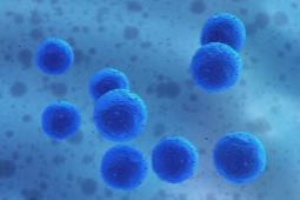A research team comprising Rawil Fakhrullin and his colleagues has developed a novel method using superparamagnetic iron oxide nanoparticles to supply therapeutic human cells to disease-affected body parts, paving the way for accelerating the utilization of cell therapy wherein stem cells or normal cells are delivered into the body to cure diseases.
 Credit: iStock
Credit: iStock
The novel method utilizes a simple magnetic effect for the delivery of the therapeutic human cells. The researchers have reported their method in Langmuir, a journal of the American Chemical Society.
The researchers stated that cell therapy focuses on substituting diseased or damaged human cells with stem cells or normal cells. For performing this task, physicians require a method to target the cells of damaged tissues or organs. According to the researchers, the bonding of the superparamagnetic iron oxide nanoparticles to the therapeutic cells is a promising method. These cells can be delivered to the disease-affected parts of the body using magnetic devices. However, the existing methods of bonding the superparamagnetic iron oxide nanoparticles to the therapeutic cells are complex and may cause damage to the therapeutic cells. Hence, the scientists are working on designing a better method for bonding the nanoparticles to human cells.
In the paper, the research team explained a novel method for producing stabilized superparamagnetic iron oxide nanoparticles in the lab and bonding them to the exterior of the human cells. The team discovered that the nanoparticles were nontoxic to human cells and moved well with respect to a magnet. According to the research team, its findings will help researchers to implement direct and basic techniques of cell therapies and tissue engineering.